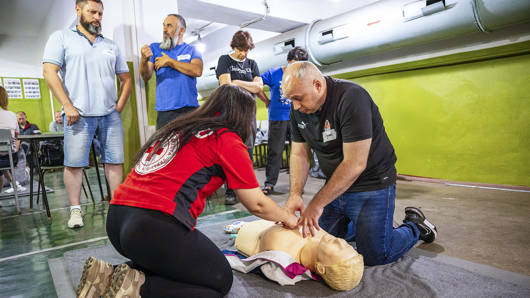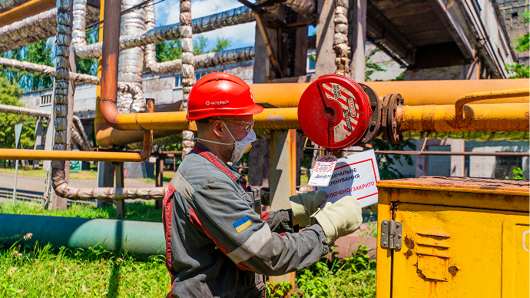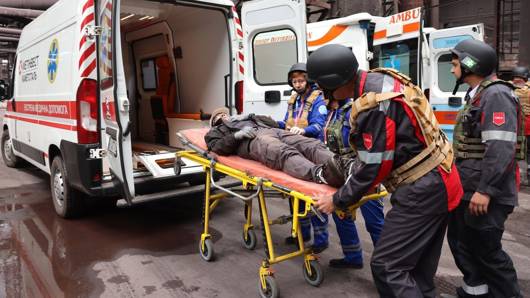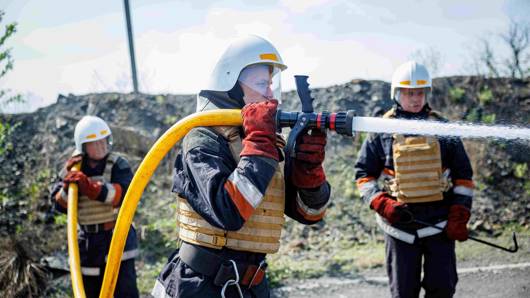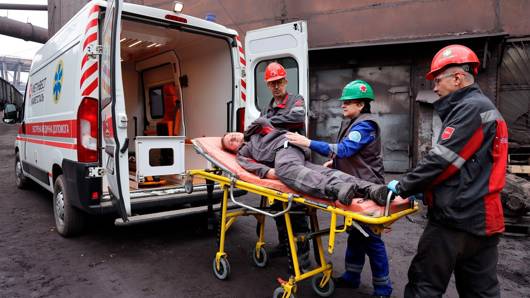Comprehensive military risk management exercises under the 2025 programme are ongoing at Kamet Steel. Recently, the coordination and responsiveness of the company’s personnel and emergency services during an emergency situation were rehearsed at the blast furnace shop.
Legend
According to the scenario plan, a simulated emergency occurred following the crash of an unmanned aerial vehicle in close proximity to an operating blast furnace: damage to power and utility infrastructure, which resulted in an emergency shutdown of the technological process; outbreak of fire at two railway facilities and injury to an employee; detection of fragments of a suspicious (potentially explosive) object.
Clear coordination
When every second counts, the main task of the training participants is clear coordination and the rehearsal to perfection of all actions set out in the emergency response algorithm, including the simulated shutdown of equipment and railway operations, and above all, the saving of human lives.
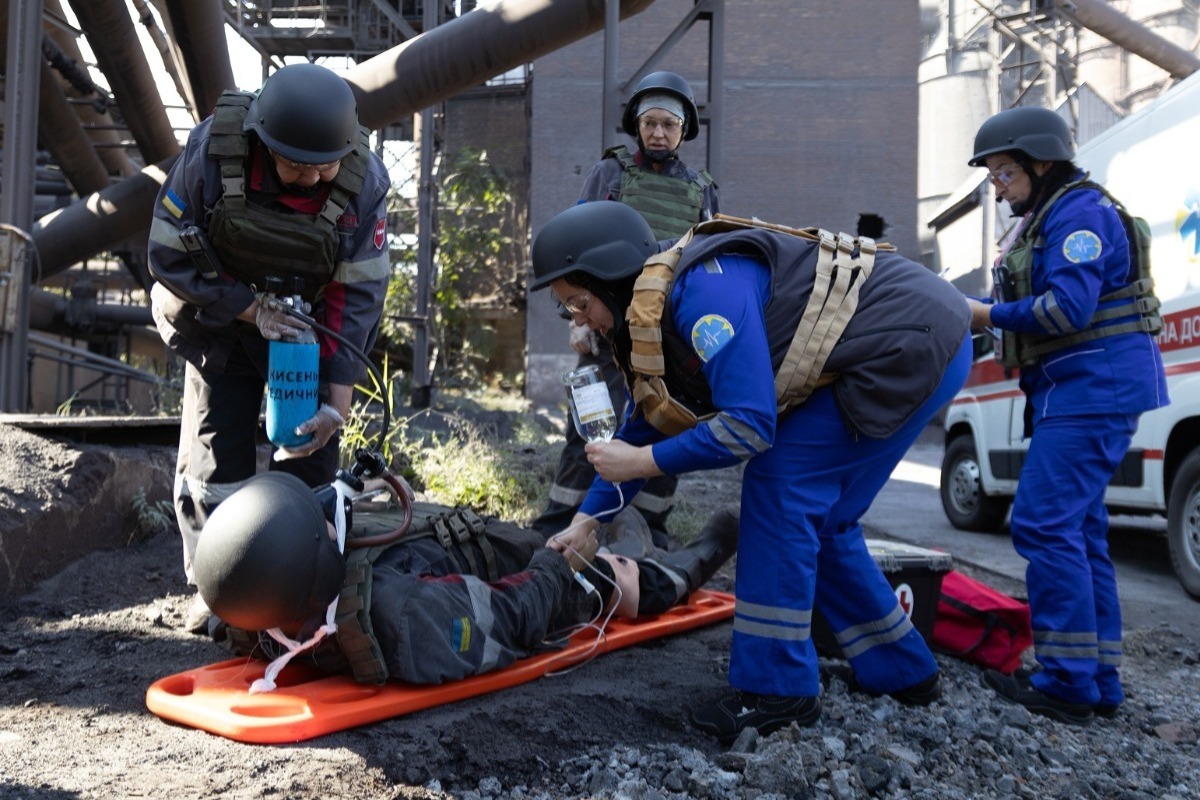
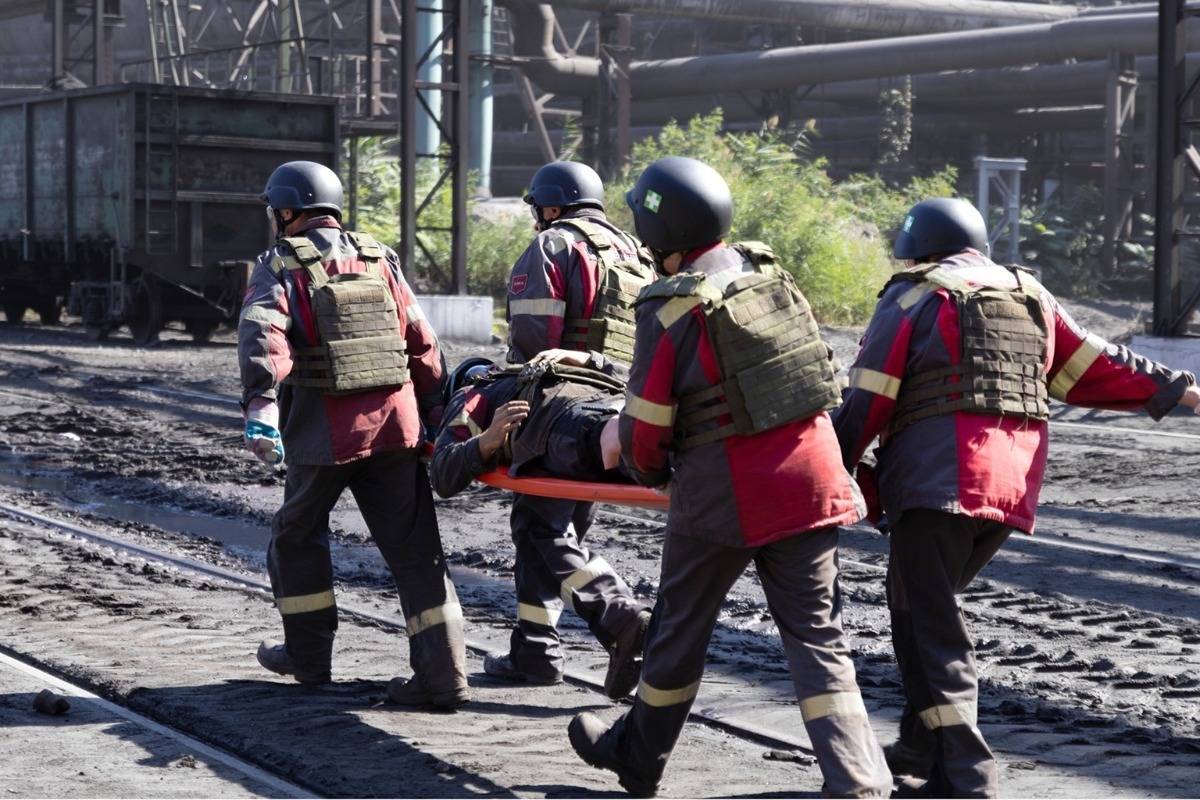
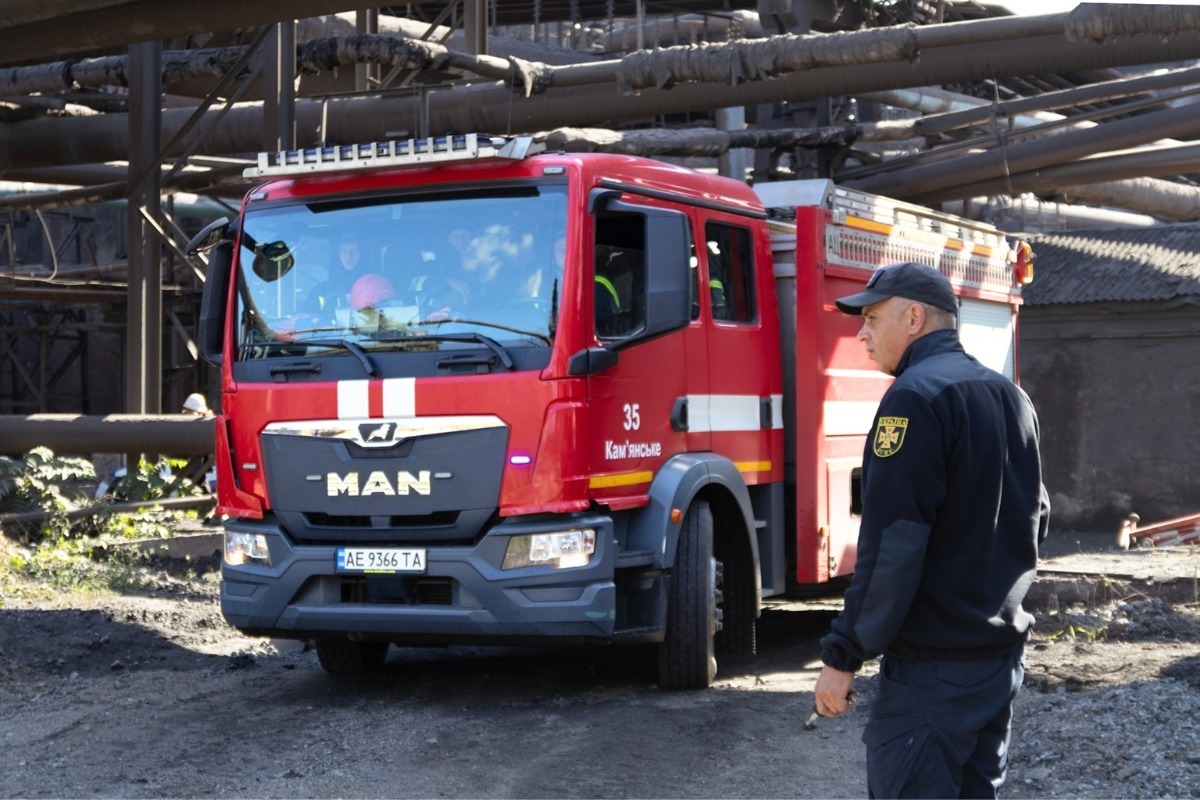
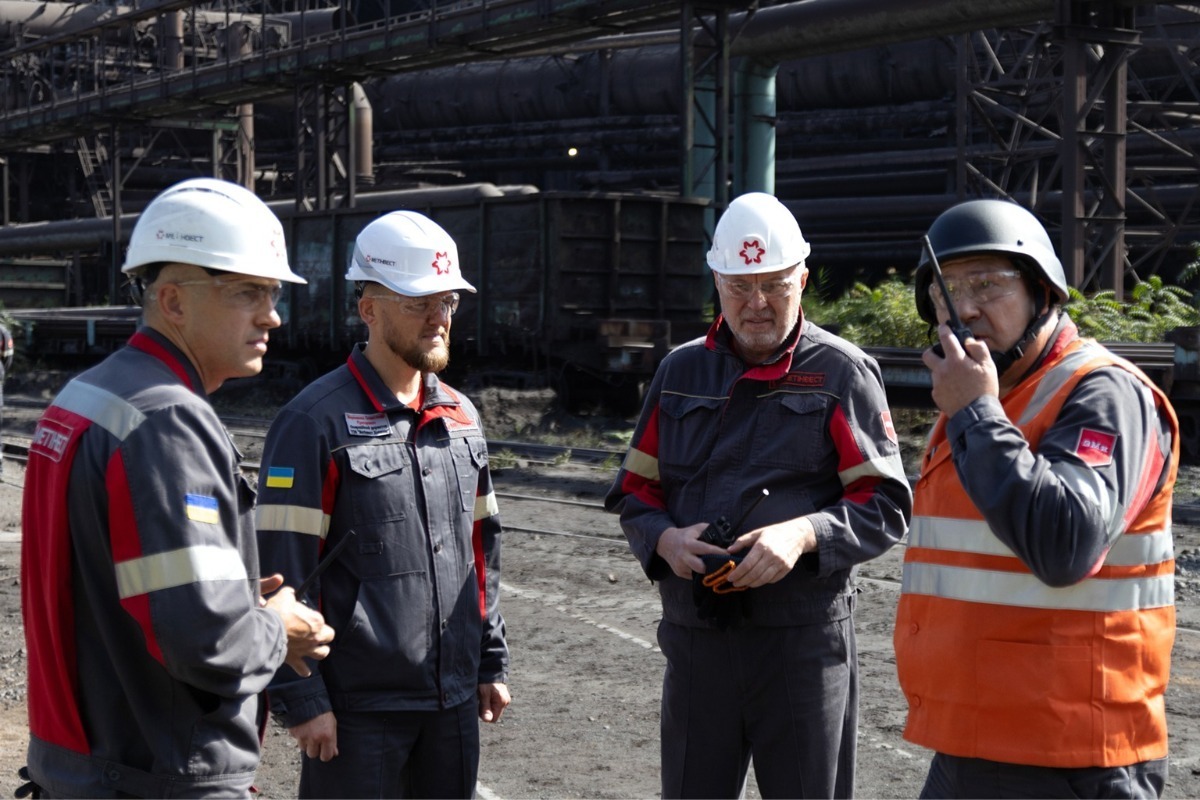
The participants of the medical first aid team, strictly in accordance with the protocol, provided first aid to the simulated casualty and, with the assistance of their colleagues from the shop, transferred the “wounded” person within minutes on a rigid stretcher to the nearest site, where, given the training location, a team of Kamet Steel medical staff would have arrived. This time, to maximise realism, a wound simulation model was used for the first time, and the medical staff simulated the necessary resuscitation procedures to stabilise the condition of the casualty.
The managers, dispatch services and technical staff of the blast furnace shop promptly rehearsed the sequence of actions for a complete shutdown of the technological process at the BF.
The participants of the fire-fighting units demonstrated skilled and accurate actions in extinguishing the “fire” using primary fire-fighting equipment, as well as in the coordinated procedures with the rescuers from the 35th State Fire and Rescue Unit of the 2nd State Fire and Rescue Squad. Once again, a railway tank was involved in the fire-fighting operations, the use of which has already proven effective in managing a simulated emergency in areas where fire hydrants are absent.
In coordination with the state emergency services, they rehearsed the procedures for identifying and neutralising a potentially explosive (suspicious) object.
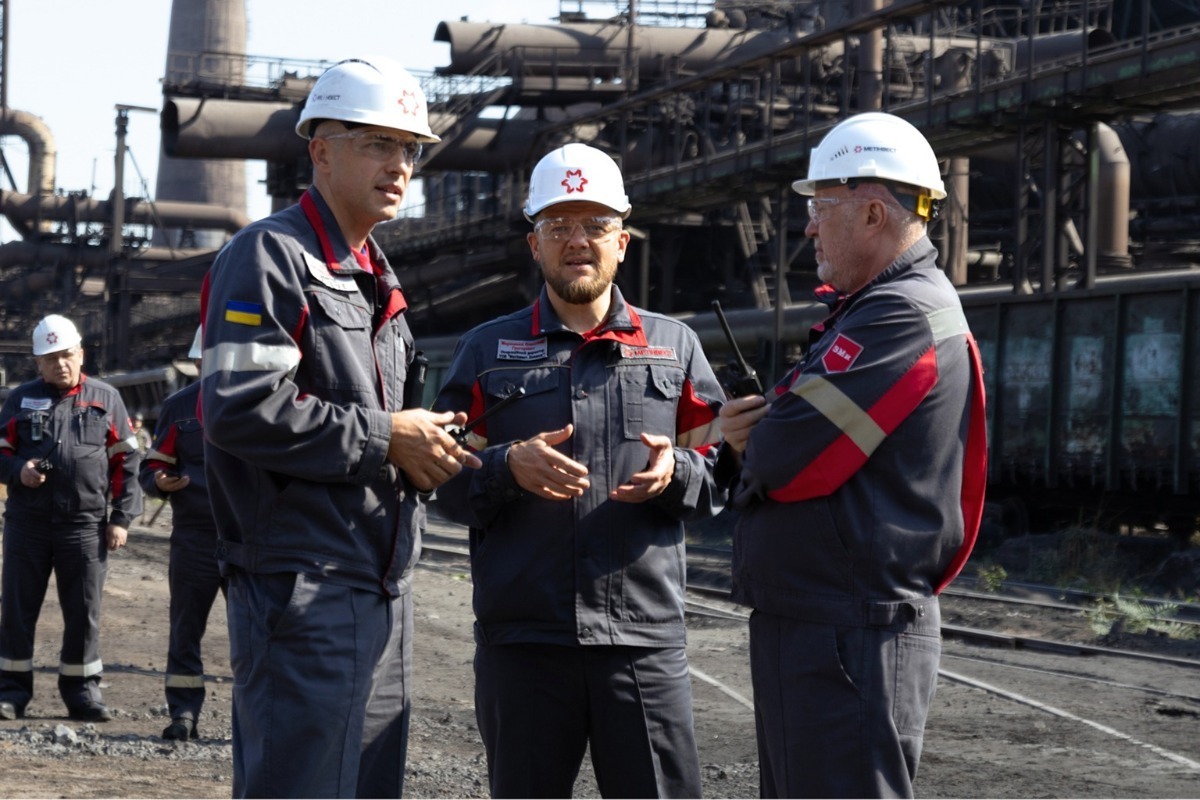
Training coordination
The key coordinating role during the comprehensive exercises was held by the emergency response centres, headed by the General Director of Kamet Steel Oleksandr Tretiakov. The centre members – including directors in their respective areas, representatives from the Chief Power Engineer’s Office, and the Directorate for Health, Safety Environment – ensured smooth coordination between all plant units and external services, as well as immediate response to any change in the situation. The progress of the training exercises was personally monitored by Metinvest Group’s Chief Operating Officer, Oleksandr Myronenko.
We continue the series of comprehensive exercises, which we conduct quarterly in Kamet Steel critically important units. The main objective is for every employee to know and be able to perform their actions during an emergency, while ensuring that the algorithms for coordinated teamwork across all services and units of the enterprise are thoroughly practised under conditions of military risk. This time, the training was conducted under operating blast furnace conditions, providing participants with an additional opportunity to enhance their skills across all areas of emergency response. As is customary, managers and specialists from other Metinvest Group enterprises also took part in the work of the emergency response centres. This is an exchange of experience, important observations and nuances that can help save lives and preserve production facilities in real-life conditions.
— Kyrylo TROKHYMENKO, Head of the Civil Protection, Fire Safety, and Industrial Safety DepartmentFollowing the event, comments and recommendations were provided for the further development and improvement of practical skills and the coordination of all safety units and services.






